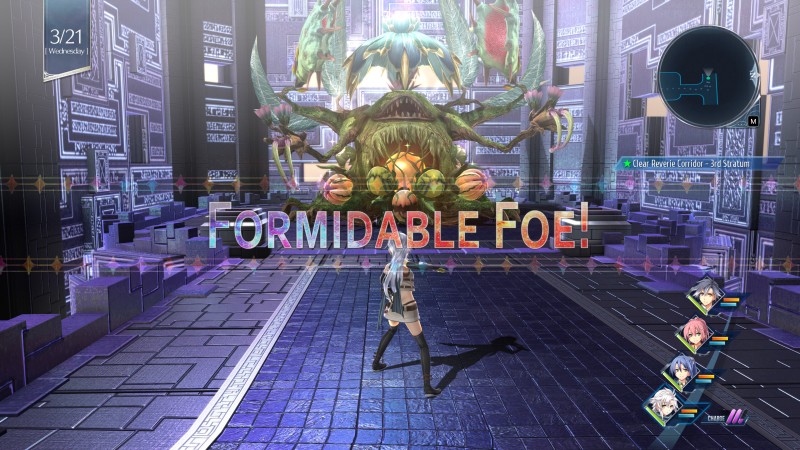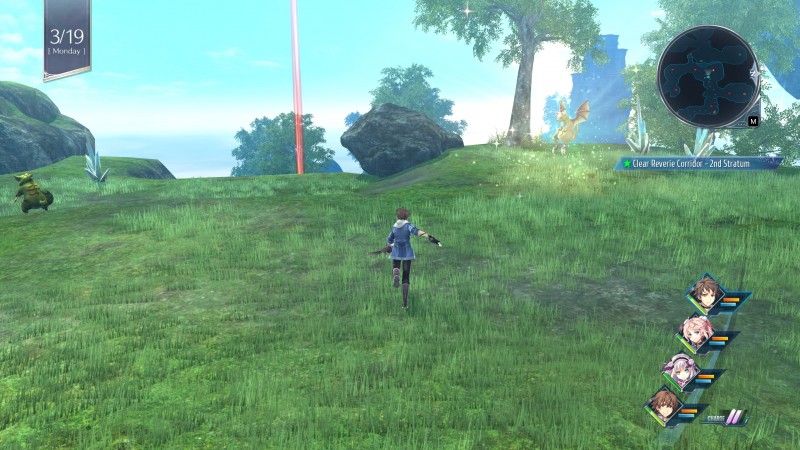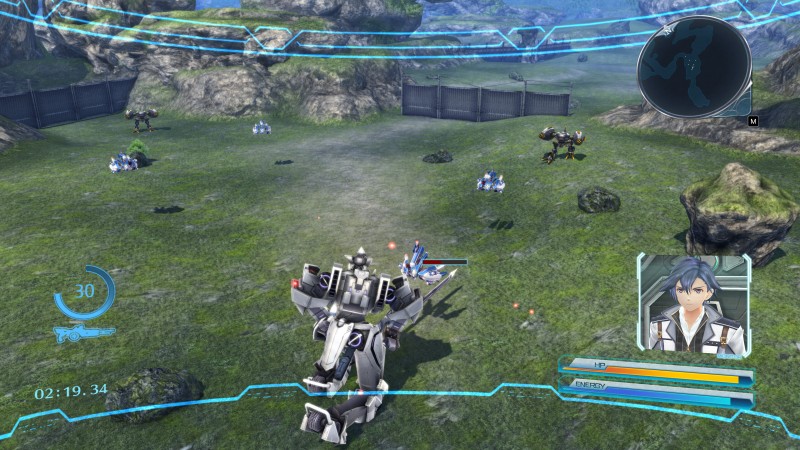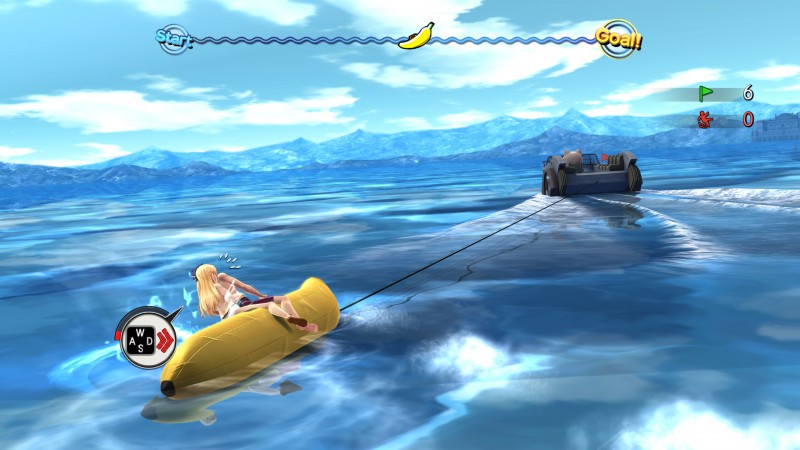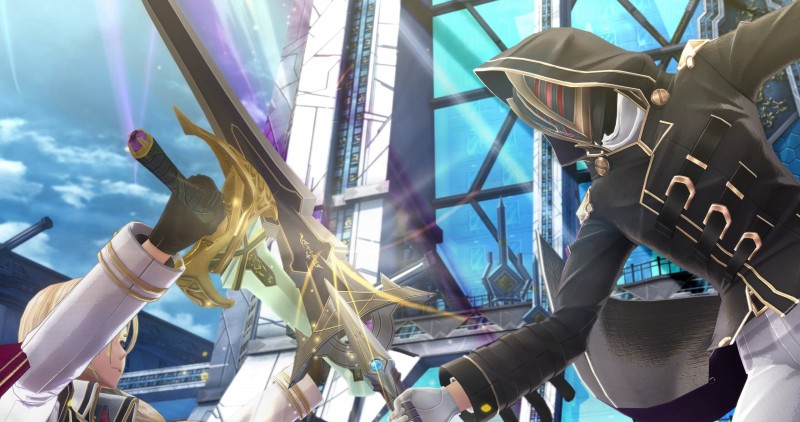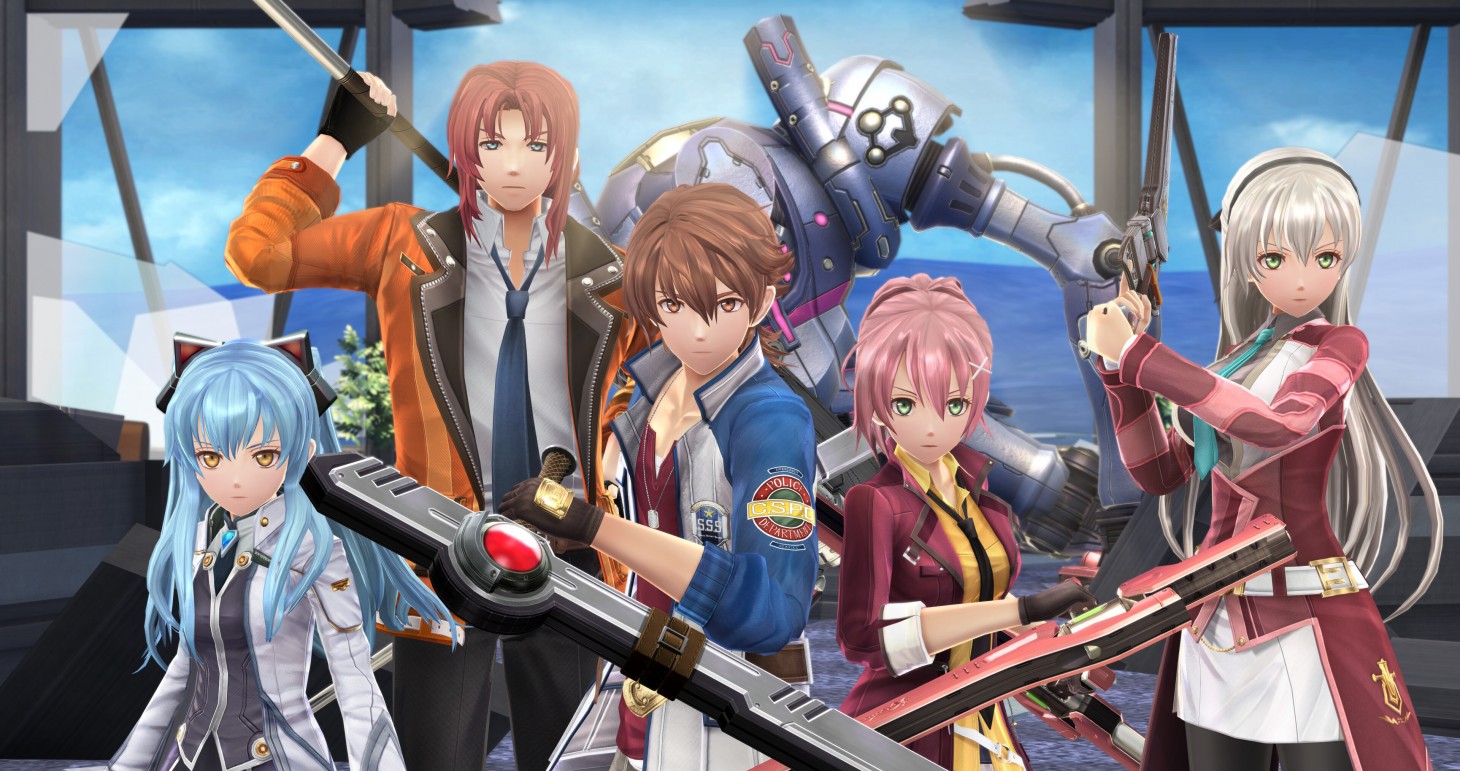
The Legend of Heroes: Trails into Reverie Review
For almost 20 years, Nihon Falcom has created one the richest ensembles of original characters, history, and politics in video games with The Legend of Heroes. Across three narrative arcs (and counting), I’ve explored myriad diverse locations, cultures, governments, and organizations, making the continent of Zemuria the most lived-in world I’ve ever experienced in the medium. Trails into Reverie, the latest entry in the long-running franchise, is a bittersweet culmination; I must potentially say goodbye to some of these characters for good after the series successfully captured my heart.
After the countless emotional moments of joy, shock, and tragedy, the further I progressed in this entry, the more I was afraid of bidding farewell to these wonderful and gratifying characters I’ve come to love so dearly. The combat continues to build and evolve off itself, and even though the story is arguably one of the weakest in the series so far, the profound ongoing theme of what shapes someone into the person they are has stuck with me since. By the time credits rolled, all I could think about was how grateful I was to reach this point and experience this unique epic in the first place.
To be clear, this is the 11th entry to an ongoing series. Starting with Trails in the Sky, playing them in order is crucially important to get the most reward out of its narrative. Trails into Reverie serves more or less as epilogue chapters for both the Crossbell (Trails from Zero/Trails to Azure) and Erebonia (Trails of Cold Steel I to IV) arcs.
Six months have passed since the end of The Great Twilight, and now that the autonomous state of Crossbell has been freed by Erebonia, it is finally going to announce its independence until a familiar foe halts the plans. Compared to the rest of the series, Reverie is arguably the most off-the-beaten-path narrative, weaving a more streamlined experience while continuing to have the high-quality storytelling and character development that longtime fans expect.
Instead of showcasing one main character, three different branches focus on a specific character – a series first. Reverie puts you back in the shoes of former main protagonists Lloyd Bannings and Rean Schwarzer, along with a masked individual who fans of the series will remember that goes by the name “C.” These characters’ paths diverge into another compelling narrative where each of them overcomes the personal burdens they’ve been struggling with for the past several games. Each character's story reaches a satisfying conclusion, and I'm glad there’s a chance for them to return in future entries.
While significant things happen to both Rean and C, Reverie truly feels like Lloyd’s story, with the narrative primarily focusing on his home Crossbell. In the late hours of this nearly 60-hour entry (including recommended postgame content), I could explore Crossbell in full 3D. Trails from Zero and Trails to Azure presented an isometric perspective with characters in a Chibi model style, so it was fun to see everything I explored in those games in a new light while staying true to the original vision.
Even though the series is known to have a level of free exploration, Reverie is a much more straightforward experience, similarly structured to Trails in the Sky the 3rd. There are no traditional side quests, which is ultimately disappointing as I loved learning new lore about the world. However, The Legend of Heroes is masterful at making the locations you repeatedly visit across entries feel evolved; even when there isn’t much to do at a location you haven’t been to in several games, it is still rewarding to roam around and talk to familiar faces.
Combat throughout The Legend of Heroes series, while great overall, has more or less been the same since the beginning. It has been simplified over time, which is upsetting, but the core elements have thankfully remained intact. The one notable mechanic introduced in this entry is called “United Front,” where you can unleash an all-out attack that deals massive damage to your enemies or heal your entire party. It didn’t fundamentally change the way I approached fights compared to previous entries, but it definitely got me out of some tight spots.
Aside from the story, the main gameplay experience unfolds in a pocket place of existence known as the True Reverie Corridor. This not only serves as a home base of sorts for the cast but is also where most of the side content lives, including purchasing equipment, fishing (a series staple), and the simple, but well-designed card game Vantage Masters. Other activities include taking on engaging trials with specific characters to gain unique upgrades as well as a suite of fun minigames like a rail shooter and even trivia about the franchise.
However, the main purpose of the Reverie Corridor is to serve as a dungeon crawler to level up your party. As I explored each floor, I found treasures and formidable enemies that give me sealing stones, which can unlock new characters, minigames, and “daydreams.” These compelling slice-of-life moments are my favorite unlock from the Reverie Corridor, as they focus on events from different members of the cast that happen between the events of Cold Steel IV and Trails into Reverie. Arguably the best part of The Legend of Heroes is the vast number of well-written detailed characters. However, the main story zeroes in on a select few, so this is a great way to get what feels like an intimate last hurrah with them.
By the end game, there were well over 40 characters I could choose to build out my party, and for every one of them, I knew their intimate background and history from one or several of the previous 10 entries that came before. This makes this entry feel like a celebration of these characters and the incredible quality of storytelling that has developed throughout the series.
The Legend of Heroes: Trails into Reverie is not your average game; near decades of world-building, character arcs, and detailed lore have led to this culmination. The franchise isn’t perfect, but this series is wholly one-of-a-kind. It is a monolith that should be recognized alongside icons like Final Fantasy, Dragon Quest, Kingdom Hearts, and Persona. The details of the continent of Zemuria are unlike anything else I have experienced in gaming, and its cast now has several of my favorite characters in the medium. Reverie has the intimidating task of closing the page on three arcs that expanded across almost twenty years of characters and storytelling. Even if the narrative in this chapter falls short compared to past entries, it still stands above most other games in the genre. If Trails into Reverie is the last time we see most of these beloved characters, it serves as a terrific send-off.
